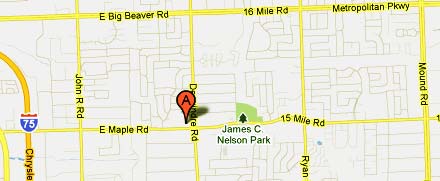Before development of dental implants, dentures were the only alternative to replacing a missing tooth or teeth. Implants are synthetic structures that are placed in the area of the tooth normally occupied by the root. Implants are anchored to the jawbone or metal framework on the bone and act as a foundation for an artificial tooth or permanent bridge. In some cases, implants can be used to attach dentures. Not everyone is a candidate for a dental implant. For a successful implant to take hold, a candidate must have proper bone density and have a strong immune system. Implants are so well-designed, they mimic the look and feel of natural teeth. Implants are usually made of titanium.
In general, good candidates who have dental implants can expect high success rates with the procedure. The procedure can take several visits. During the first visit, an anchor is placed into the jawbone and the site is allowed to heal for several weeks or months. This gives your tissue time to grow around the anchor to more firmly hold it in place. During a follow-up visit, an artificial, natural-looking tooth is fitted over the implanted anchor.
Types of implants
Various types of implants include full upper and lower, anterior, posterior, and single-tooth:
Full upper replacements
The upper set of teeth is replaced with implants. Procedure steps include:
- Missing tooth roots are replaced with implants, which are covered under the gum line.
- A healing period of up to six months allows implants to take.
- The implants are uncovered and extensions attached.
- Replacement teeth are affixed to the implants and extensions.
In some cases, full upper replacements can be removed.
Anterior replacement
Implants are used to replace the front teeth (also called incisors and cuspids). Procedure steps include:
- Missing tooth roots are replaced with implants, which are covered under the gum line.
- A healing period of up to six months allows implants to take.
- The implants are uncovered and extensions attached.
- Replacement teeth are affixed to the implants and extensions.
Full lower replacement
The lower set of teeth is replaced with implants. Full lower replacement usually only uses four to six implants (near the front), which are used to anchor a denture. This obviates the need for denture adhesive.
Posterior replacement
Implants are used to replace the bicuspids and molars (the back teeth). Procedure steps include:
- Missing tooth roots are replaced with implants, which are covered under the gum line.
- A healing period of up to six months allows implants to take.
- The implants are uncovered and extensions attached.
- Replacement teeth are affixed to the implants and extensions.
Single tooth replacement
Procedure steps include:
- Missing tooth root is replaced with an implant, which remains covered under the gum line.
- A healing period of up to six months allows the implant to take.
- The implant is uncovered and an extension attached.
- Replacement tooth is affixed to the implant and extension.






